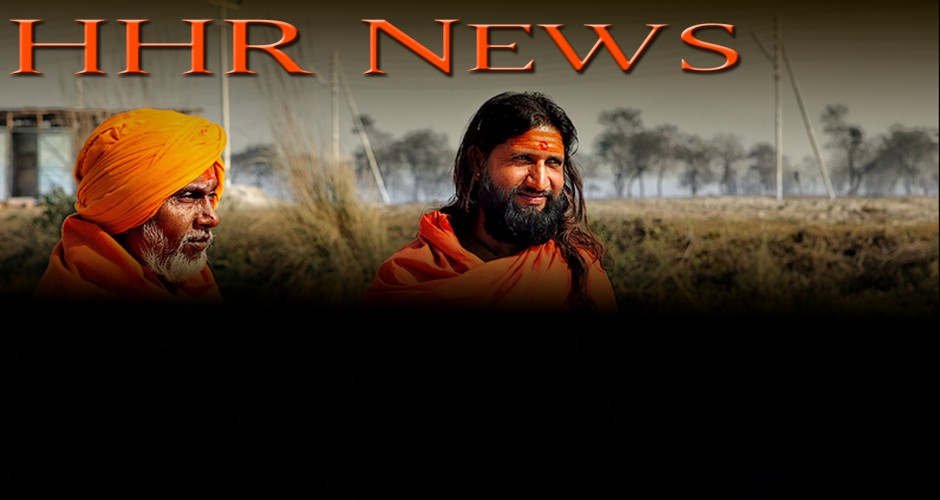As you pull into the driveway of the Sri Lakshmi Hindu Temple in the Boston suburb of Ashland, Sanskrit chants reverberate from a building across the way where free classes are being held. From seven-year-olds to 70-year-olds, people in Boston, New York, Seattle, Dallas, Chicago, Los Angeles and other cities over the U.S. are attending Sanskrit classes, not just to chant shlokas but also to learn to speak, read and write this ancient language. A revival is brewing.
This endeavor is being led by Samskrita Bharathi, a non-profit organization that is working to bring Sanskrit back into the mainstream. Sanskrit, traditionally a classical and liturgical language, has a position in India and South Asia similar to that of Latin and Greek in Europe, and it is a central part of Hindu tradition.
Samskrita Bharathi runs weekly Sanskrit classes and camps for children and adults. Weekend and vacation classes and camps are one thing, but a full-fledged, well-structured three-year high school language program is another, particularly when it’s being driven by an organization primarily run by volunteers.
SAFL (Sanskrit as a Foreign Language) was created in 2008 as a resource for high school students, who wished to continue their Sanskrit studies without interruption after their summer camps and weekend classes. “The idea for such a course came about after discussions with several parents of teenagers who had attended our classes and camps,” says Giri Bharathan, a volunteer who is the director of the SAFL program.
“An online course to meet the requirements of a foreign language study was created similar to normal high school courses. At $700 per student per year, SAFL runs through the year and has continuous evaluation in the way of homework, projects and exams. Grades and transcripts are issued and students will potentially be able to get credits as a foreign language course or as an independent study.”
The curriculum for the three years, (six semesters and three direct contact programs, or residential camps) was designed by Sowmya Joisa, who also teaches in the program with another teacher, Vrunda Thakrar, and some university level Sanskrit professors.
The number of students signing up for this program has risen steadily. In the first year (2009-2010) there were 17 students from seven different states. The next year, there were 30 students from 11 different states, and this year there are 48 from 13 states. For the 2012-2013 year, the number is expected to increase to 75. The first group of eight students completed the third year course in 2011.
Giridhar Anand, a junior at Newton High School in Newton, Massachusetts, finds that the sound of the spoken language itself is so different from any other he has encountered: “The language is phonetic, and so it rolls off the tongue. There is little slurring, and there are no accents, as there are in English and Spanish,” he says. “I’ve also found the Sanskrit community to be very inviting. Every camp and every Samskrita Bharati event I have attended has been a fun, informal experience, and I have learned a lot in the process.” His siblings Aneesh and Suma (they are triplets) say they feel the same way about the program.
“While some refer to Samskritam as a ‘dead language,’ learning Samskritam has proven to be one of the most challenging and rewarding endeavors. It has taken me on a journey of self-discovery and helped me identify with my Indian roots,” adds Swathi Krishnan, a freshman at the University of Chicago who completed the SAFL program at Rye Country Day School in New York. Last summer, she attended a two-week immersion camp in Bangalore, an experience she describes as “one of the most intellectually stimulating” of her life.
Nandita Kumar a Senior at Westview High School in Portland, Oregon echoes that view. “I am an American of Indian origin, and I don’t want to lose that Indian part of me. Learning Samskritam directly lets me understand my culture and religion in the language it was written: it keeps me grounded.”
This ancient language that has served as the backbone of Hinduism is evolving into a resource for those who want to learn more about their roots, culture and tradition.
Source ; india Real Time






























